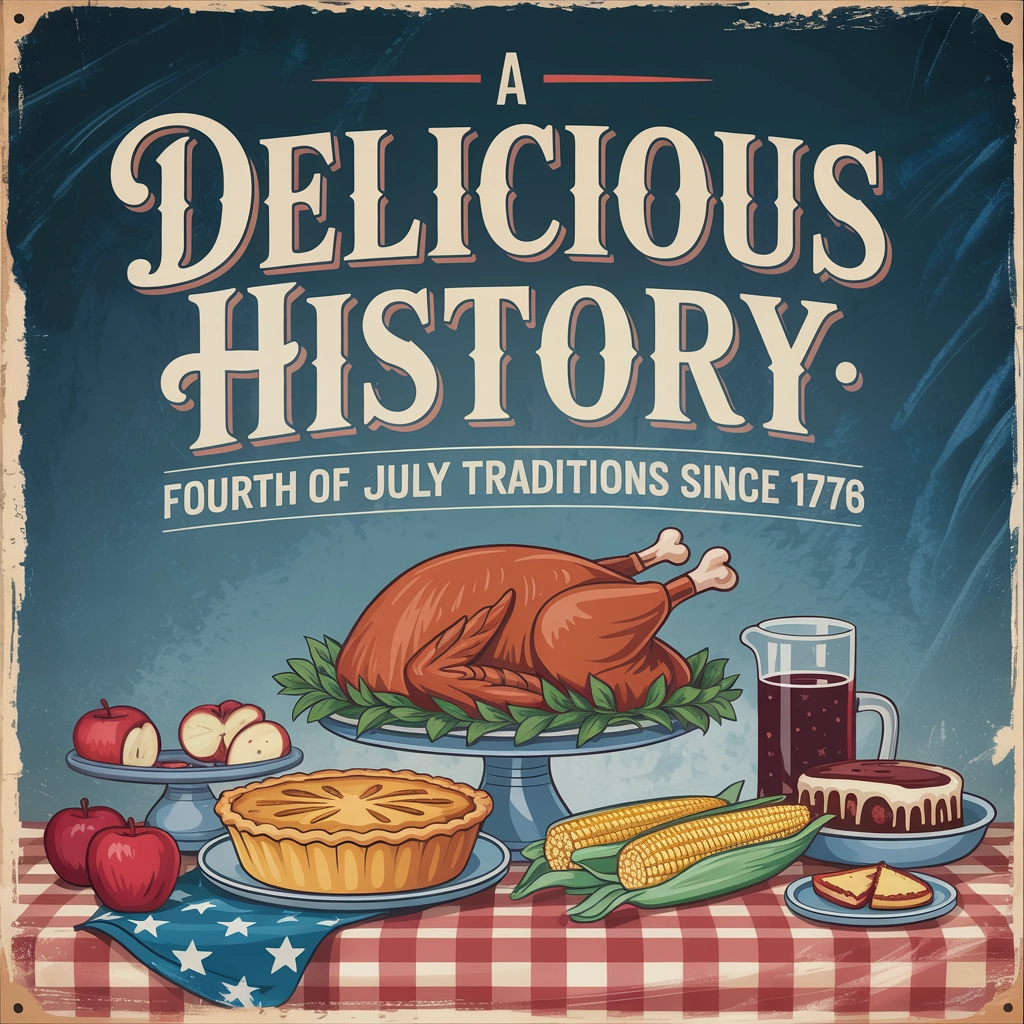
"John Adams enjoyed a meal with his wife Abigail that included New England staples like poached salmon with egg sauce, green peas, and potatoes served 'in jackets'. For dessert, he likely enjoyed apple pandowdy, a baked fruit dessert sweetened with molasses rather than costly imported sugar."
"By the early 19th century, Fourth of July celebrations evolved into community events featuring enormous feasts that served to feed crowds, demonstrate American abundance, and gather voters for speeches."
"An 1837 account describes New York's Broadway lined with 'six miles of roast pig' stalls, highlighting the scale of Fourth of July celebrations across the nation."
"These political barbecues established the connection between outdoor cooking and patriotic celebration that persists today, showcasing regional differences in Fourth of July menus."
The culinary landscape of Independence Day celebrations in 1776 was defined by seasonal, local ingredients. John Adams celebrated with traditional New England dishes like poached salmon and apple pandowdy. Ordinary colonists utilized game meats and preserved foods without refrigeration. By the 19th century, Fourth of July feasts became large community events aimed at feeding crowds and showcasing abundance. An 1837 account mentions 'six miles of roast pig' stalls in New York, indicating massive scale and the deepening cultural connection between outdoor cooking and patriotic festivities.
Read at Food & Beverage Magazine
Unable to calculate read time
Collection
[
|
...
]